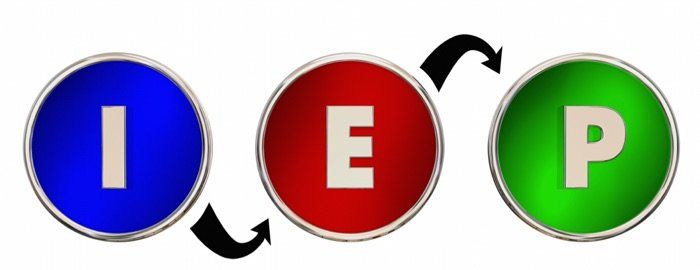What is an IEP?

- Child’s current academic levels
- Child’s current behavioral levels
- Child’s educational goals for the school year
- How the school will ensure the Child reaches those goals
How does a Child get an IEP?
Parent send Director of Special Education of School District a Letter advising of:
- Child’s Name
- Child’s Birthdate
- Local School Child Attends
- Parent believes Child has a Special Need which affects their education and
- Requesting “Permission to Evaluate” form be sent home
Parent returns Signed “Permission to Evaluate Form” to Director of Special Education of School District
Within 60 SCHOOL days of school district’s receipt of signed Permission to Evaluate Form, school district must complete Child’s Evaluation
Parents will receive completed Evaluation Report
- Parents
- Regular education teacher(s)
- Special Education
- All Specialists that Evaluated Child
- School Principal or School Administrator
At the IEP Meeting, the team will discuss:
- Results of Evaluation
- How results impact Child’s education
- Child’s Educational and/or Behavioral Goals for School Year
- Accommodations and Specially Designed Instructions that school will make to ensure Child reaches goals
- Related Services Child may receive at School- ex. Speech therapy
When IEP Team agrees on IEP, School District issues Document called: Notice of Recommended Educational Placement “NOREP”
- If Parents agree with IEP, Parent sign NOREP indicating Agreement with IEP
- If Parents DO NOT agree with IEP, Parents signs NOREP indicating NO Agreement with IEP. Parents must note if they want to have (1) Another meeting (2) Mediation or (3) Due Process Hearing.
- If Parents want Mediation or Due Process Hearing, they must contact Office of Dispute Resolution to arrange for it.









